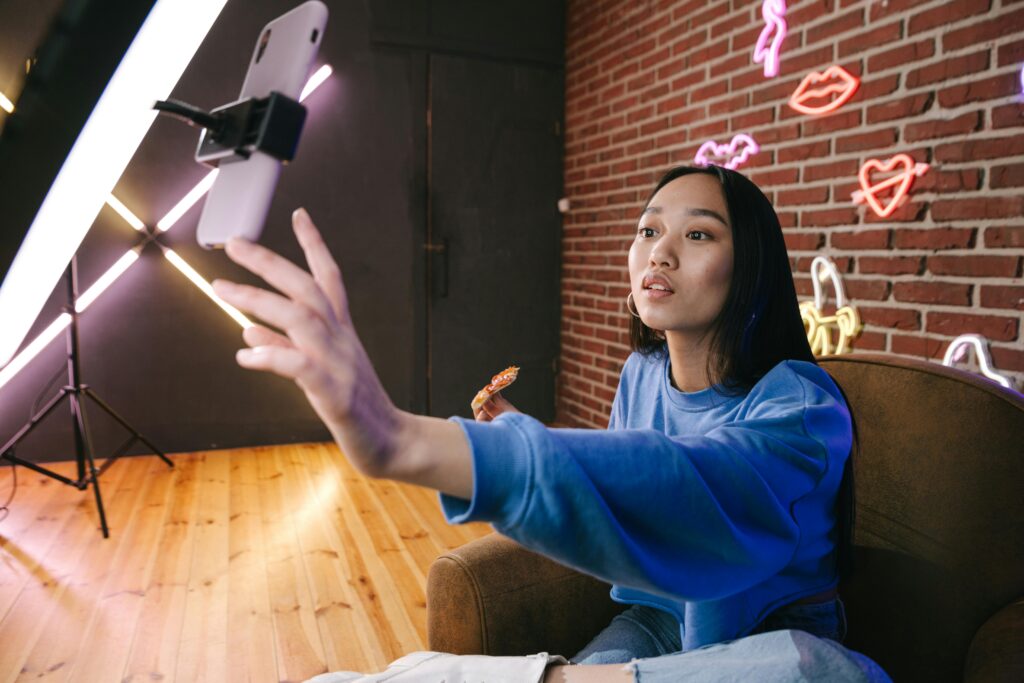
Not all influencers are created equal. From intimate content creators to celebrity voices, brands use different influencer tiers to hit different goals. Welcome to the world of N types of influencers, where follower counts, niche expertise, and engagement levels shape your strategy.
Whether you’re promoting a coffee brand, tech gadget, or wellness course, understanding influencer types helps you align your goals, budget, and audience.
1. Nano Influencers (1K–10K followers)
These everyday content creators—think a fitness mom sharing home workouts—have intimate, highly engaged communities.
- When to use them: Local retailers, niche products, or community-driven campaigns.
- Example: A bespoke jewelry brand works with a local fashion blogger averaging 5K followers to host a small giveaway—80% participate, 30% buy.
Nano creators are authentic, affordable, and ideal for grassroots buzz.
2. Micro Influencers (10K–50K followers)
With more reach than nano creators, micro influencers are specialists in beauty, travel, tech—you name it.
- When to use them: Product awareness, engagement-driven campaigns.
- Example: A health-food brand partners with a nutrition micro-influencer who posts a smoothie recipe using their protein powder—views spike, and sales jump 25%.
Micro influencers often command higher engagement, making them great for campaigns needing a real connection.
3. Mid & Macro Influencers (50K–500K followers)
These creators are professionals with polished feeds and consistent output.
- When to use them: Broader reach without celebrity costs.
- Example: A new skincare line hires a macro beauty YouTuber (200K subscribers) for a demo video—resulting in 10K new trial sign-ups.
This segment hits a sweet spot: bigger reach, decent authenticity, and measurable results.
Continue reading…
The next section digs into mega influencers, niche specialists, and emerging categories ripe for disruption.


